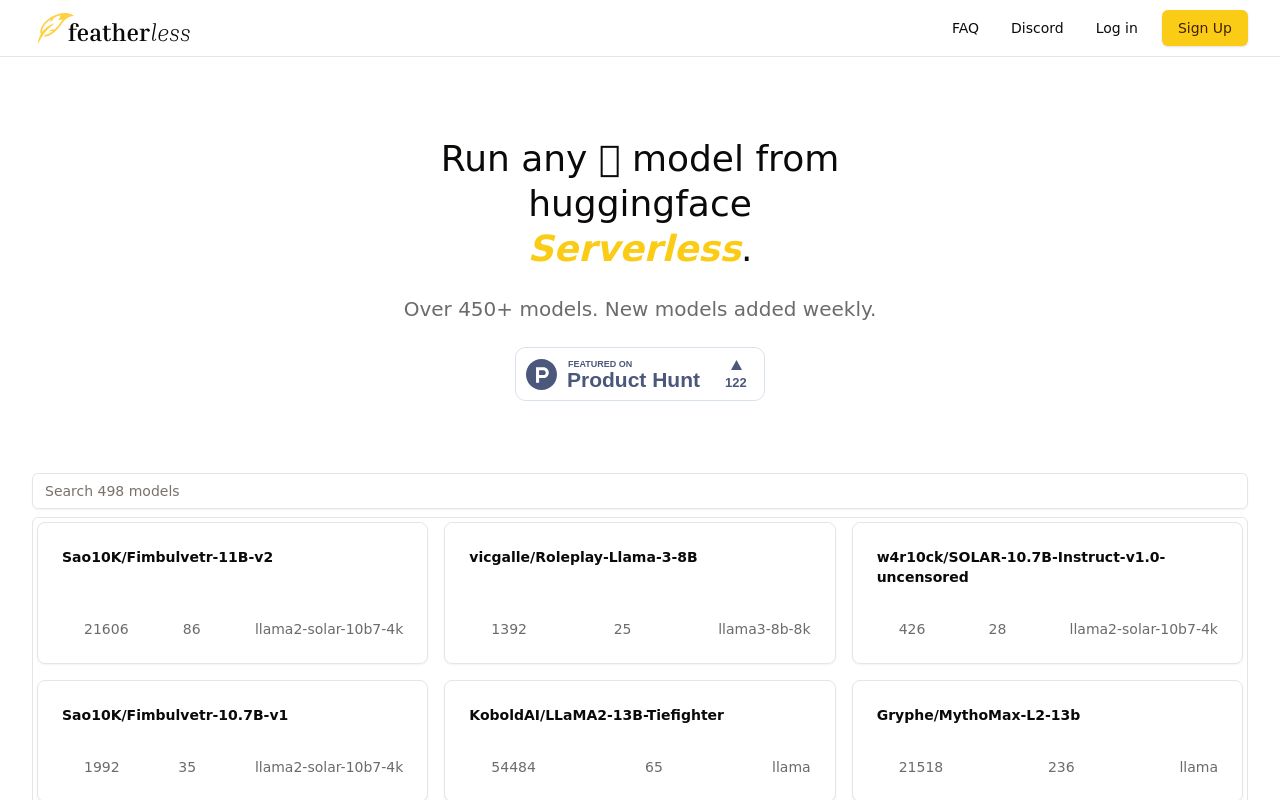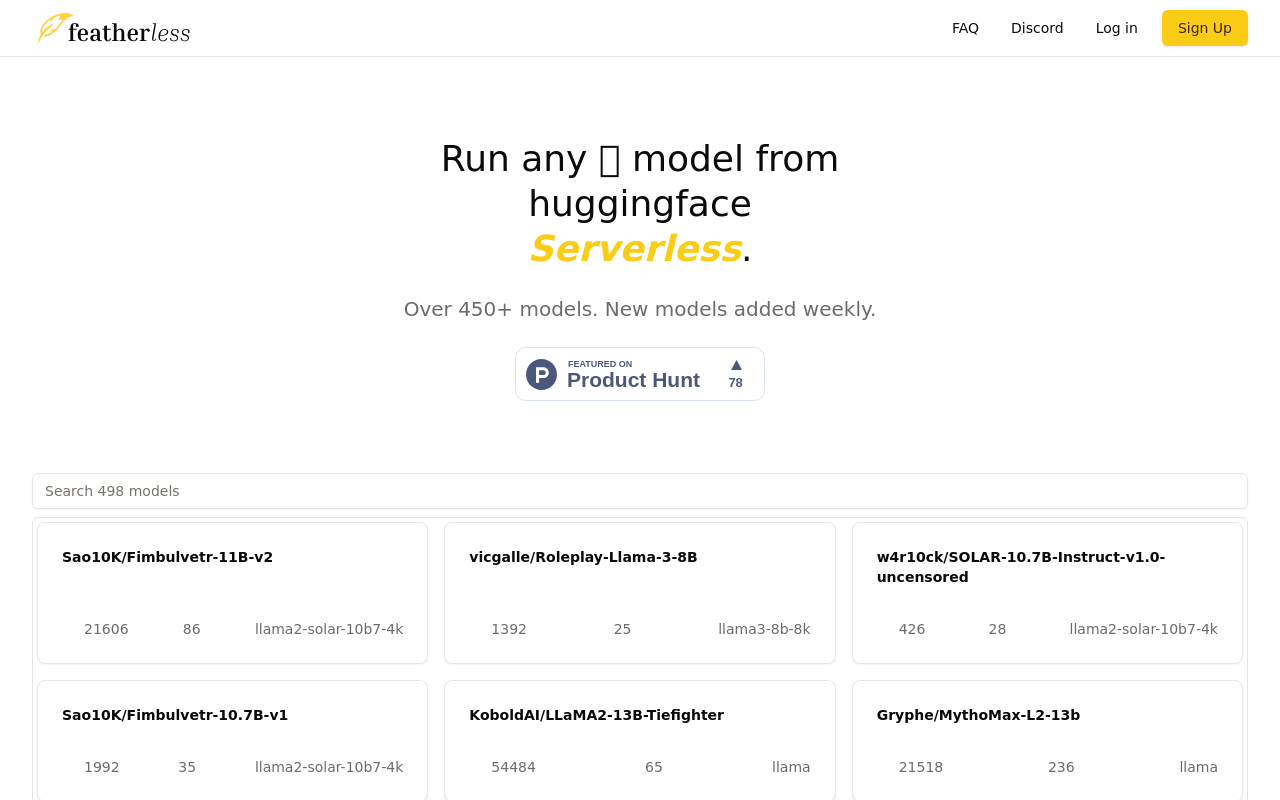Best for:
- Data Scientists
- Researchers
- Developers
Use cases:
- Real-time data analysis
- Large-scale simulations
- Big data processing
Users like:
- Research and Development
- Data Analytics
- IT
What is GPTs2D?
Quick Introduction
GPTs2D is an innovative AI tool designed to leverage the power of multi-threading within a 2D space. Primarily developed for data scientists, researchers, and developers, this tool coordinates multiple threads to perform parallel processing tasks more effectively. By distributing computations across multiple threads, GPTs2D enhances performance, making complex data analysis quicker and more efficient. For those delving into expansive datasets or handling computational robust tasks, this tool presents a technology breakthrough in parallel processing workflows.
A primary feature of GPTs2D is its ability to distribute workloads over a series of threads operating within a 2D space. This aids in real-time data analysis and modeling tasks, significantly reducing the overall processing time. Whether executing machine learning models, performing large scale simulations, or processing big data sets, GPTs2D can handle it seamlessly. Its user interface is also designed to be user-friendly, lowering the barrier for its use, even for those not deeply embedded in the technical world.
Pros and Cons
Pros:
- Enhanced Performance: The multi-threaded capability significantly accelerates data processing tasks.
- User-friendly Interface: Easy-to-navigate UI lowers the barrier for non-technical users.
- Real-time Processing: Efficiently manages real-time data analysis, boosting productivity for continuous data streams.
Cons:
- Resource Intensive: Requires substantial computing resources which may not be available to all users.
- Learning Curve: Initial setup and optimization might be challenging for beginners.
- Limited to Data-heavy Applications: May not be the best fit for smaller or less complex tasks due to overhead.
TL;DR
- Accelerates data processing through multi-threading.
- Excellent for real-time data analysis.
- User-friendly interface suitable for all levels of users.
Features and Functionality:
- Multi-Threaded Processing: Utilizes multiple threads to perform parallel computations within a 2D space, reducing processing time considerably.
- Optimized for Large Datasets: Structure and functionality are perfect for handling and analyzing expansive datasets efficiently.
- Real-Time Analytics: Capable of conducting real-time data analysis, making it ideal for projects requiring continuous data processing and observation.
- Customizable Compute Nodes: Lets users define the computational granularity, tailoring the performance to the specific task requirements.
Integration and Compatibility:
GPTs2D integrates seamlessly with major data analysis platforms like Python, R, and Matlab. It also has compatibilities with big data solutions such as Apache Spark and Hadoop. The versatile nature of the tool means it can be incorporated into both cloud-based and on-premise workflows with little hassle. If you’re driving towards a standalone capacity, GPTs2D stands robust and effectively delivers on what it promises without integrations.
Benefits and Advantages:
- Improved Processing Speed: Significantly faster results on data-heavy tasks and complex computations.
- Enhanced Decision-Making: Real-time data analysis helps organizations make better, data-driven decisions.
- Resource Optimization: Efficiently uses computing resources by leveraging multi-threaded processing.
- User-Friendly: Intuitive interface ensures wide usability across different skill levels.
Pricing and Licensing:
GPTs2D follows a tiered subscription model. The basic tier offers limited multi-threading and is free, ideal for small-scale projects or learning purposes. The professional tier, priced at $39/month, offers unlimited threading and higher performance.
Do you use GPTs2D?
The enterprise tier is custom-priced, depending on the computing resources required and additional support options. Users can always take advantage of the free trial to explore the full capabilities before committing.
Support and Resources:
Users of GPTs2D can benefit from comprehensive support options, including a dedicated customer service team available 24/7. Extensive documentation is available for setup and advanced functionalities. Additionally, a community forum provides a space for users to share experiences, solutions, and best practices.
GPTs2D as an Alternative to:
GPTs2D can serve as an alternative to traditional data processing tools such as MATLAB or single-threaded Python scripts. For instance, compared to Python’s Pandas, GPTs2D dramatically reduces processing time by utilizing the full processing power of multi-core CPUs. While Pandas is simple and effective for smaller datasets, GPTs2D shines when scalability and speed are critical.
Alternatives to GPTs2D:
- Apache Spark: Good for large-scale data processing with excellent scalability. Best for those already embedded in the Hadoop ecosystem.
- Dask: Ideal for parallel computing with existing Python libraries such as NumPy and Pandas. Good choice for Python developers.
- MATLAB Parallel Computing Toolbox: Suitable for users already proficient with MATLAB. Provides similar multi-threading capabilities but within the MATLAB environment.
Conclusion:
In summary, GPTs2D presents a remarkable advancement in the domain of data processing tools, especially for those tackling resource-heavy tasks. Its multi-threaded architecture within a 2D space optimizes processing speeds and resource utilization, making it a valuable asset for data scientists, researchers, and developers. With its tiered pricing options, comprehensive support, and wide compatibility, GPTs2D stands out as a versatile and powerful choice for modern data processing needs.



